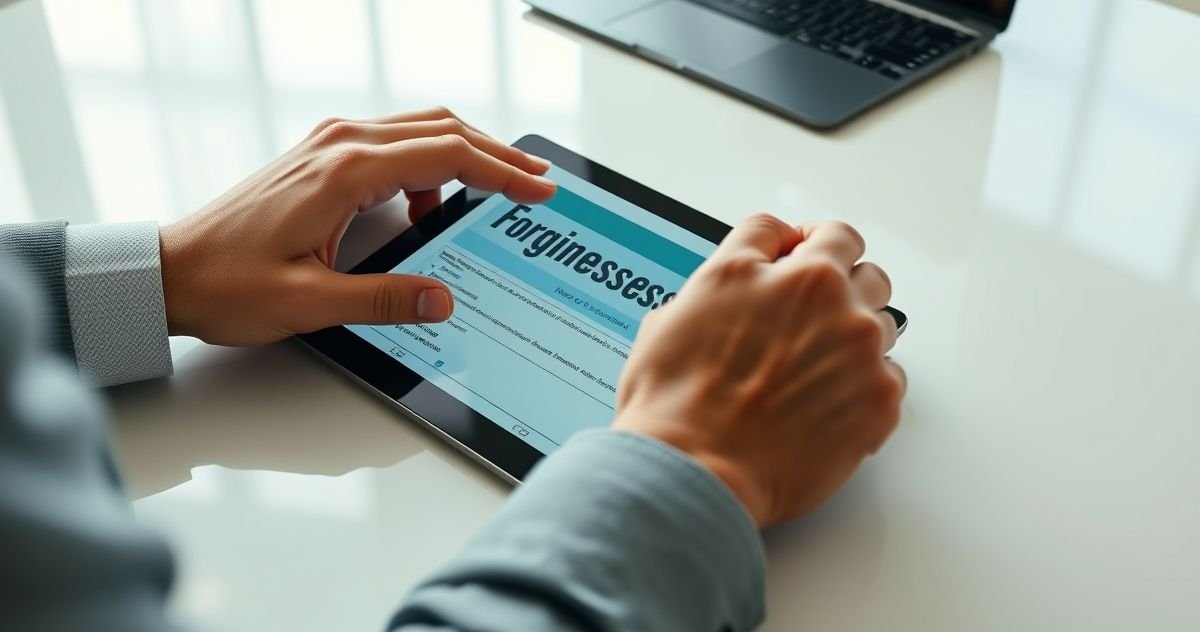Why Do Debt Forgiveness Programs Exist?
Lenders and government agencies create debt forgiveness programs for several strategic reasons, often tied to public policy or economic stability:
- To Incentivize Public Service: Programs like Public Service Loan Forgiveness (PSLF) encourage graduates to enter and remain in essential but often lower-paying fields like teaching, nursing, and public interest law.
- To Provide Financial Relief: Forgiveness offers a critical safety net for individuals facing significant financial hardship due to circumstances beyond their control, such as a permanent disability.
- To Stimulate the Economy: During national crises, broad forgiveness programs can act as an economic tool. The Paycheck Protection Program (PPP) during the COVID-19 pandemic, for example, was designed to help small businesses retain employees and avoid mass layoffs.
Eligibility is strict and tied to specific conditions the borrower must meet and document through the application.
Common Types of Forgiveness Applications
The application process and requirements vary significantly depending on the type of debt.
1. Federal Student Loan Forgiveness
This is the most common area for forgiveness applications. The Department of Education offers several programs, each with a unique application process managed by your student loan servicer.
- Public Service Loan Forgiveness (PSLF): For public sector and nonprofit employees, PSLF forgives the remaining federal student loan balance after 120 qualifying payments (10 years). The process requires submitting an annual PSLF form to certify employment and track progress.
- Income-Driven Repayment (IDR) Forgiveness: Borrowers on plans like SAVE, PAYE, or Income-Based Repayment (IBR) can have their remaining balance forgiven after making payments for 20-25 years. The forgiveness is often automatic but requires consistent annual income recertification throughout the repayment term.
- Teacher Loan Forgiveness: Teachers who work for five consecutive years in low-income schools may be eligible for forgiveness of up to $17,500 on their Direct or Stafford Loans.
- Total and Permanent Disability (TPD) Discharge: Borrowers who cannot work due to a total and permanent disability can apply to have their federal student loans discharged. This requires extensive medical documentation or proof of disability from the Social Security Administration or Department of Veterans Affairs.
2. Paycheck Protection Program (PPP) Loan Forgiveness
A key part of the COVID-19 economic relief, PPP loans issued by the Small Business Administration (SBA) were forgivable if businesses met specific criteria. Businesses had to apply for forgiveness through their lender using SBA Form 3508, 3508EZ, or 3508S. To qualify, they had to use at least 60% of the funds on payroll costs and maintain employee headcount and compensation levels. While this program has ended, it serves as a major example of a large-scale forgiveness initiative.
3. Tax Debt Forgiveness
In cases of severe financial hardship, the IRS may forgive a portion of a taxpayer’s debt through an Offer in Compromise (OIC). An OIC application is a complex process requiring the taxpayer to provide detailed financial information on Form 656 and Form 433-A (OIC) to prove they cannot pay their full tax liability.
How to Navigate the Application Process
While each program is different, the steps generally follow a set pattern:
- Confirm Eligibility: Carefully read the program rules on an official government source, like StudentAid.gov or IRS.gov. Do not rely on third-party information alone.
- Gather Documentation: Collect all required proof. This can include tax returns, pay stubs, employment certification forms, and records of payments.
- Complete the Application Form: Fill out the official form accurately and completely. Missing information is a primary reason for delays and denials.
- Submit to the Correct Entity: Applications go to different places. Student loan forms go to your loan servicer, while OIC forms go directly to the IRS.
- Await a Decision: The review process can take weeks or months. Be prepared to respond promptly if the agency requests additional information.
Frequently Asked Questions (FAQs)
Is applying for debt forgiveness difficult?
It can be. The complexity depends on the program. An application for Teacher Loan Forgiveness is relatively straightforward, while a PSLF application requires years of certified employment records. An IRS Offer in Compromise is one of the most intensive applications, requiring a complete financial disclosure.
What happens if my forgiveness application is denied?
Most programs have an appeal or reconsideration process. The denial notice will explain the reason. You can then correct errors, provide missing documentation, and resubmit. If you are struggling, consider seeking help from a nonprofit credit counseling agency or a qualified professional.
Is forgiven debt considered taxable income?
Sometimes. According to the IRS, canceled debt is often considered taxable income. However, there are key exceptions. Forgiveness through the PSLF program is not considered taxable income. Furthermore, the American Rescue Plan Act of 2021 made most federal and private student loan forgiveness tax-free at the federal level through 2025. Always consult a tax professional to understand your specific situation.
For more information on student loan forgiveness programs, visit the official Federal Student Aid website.

